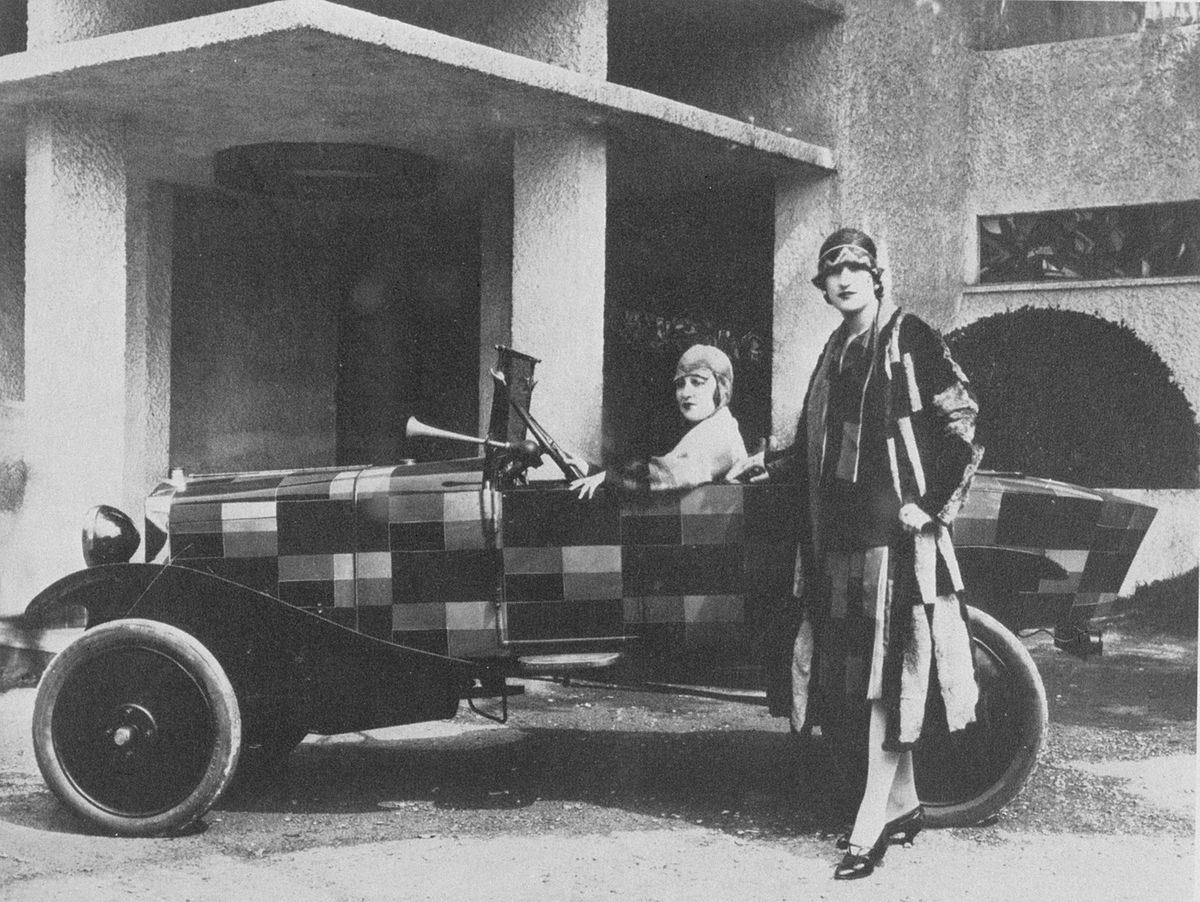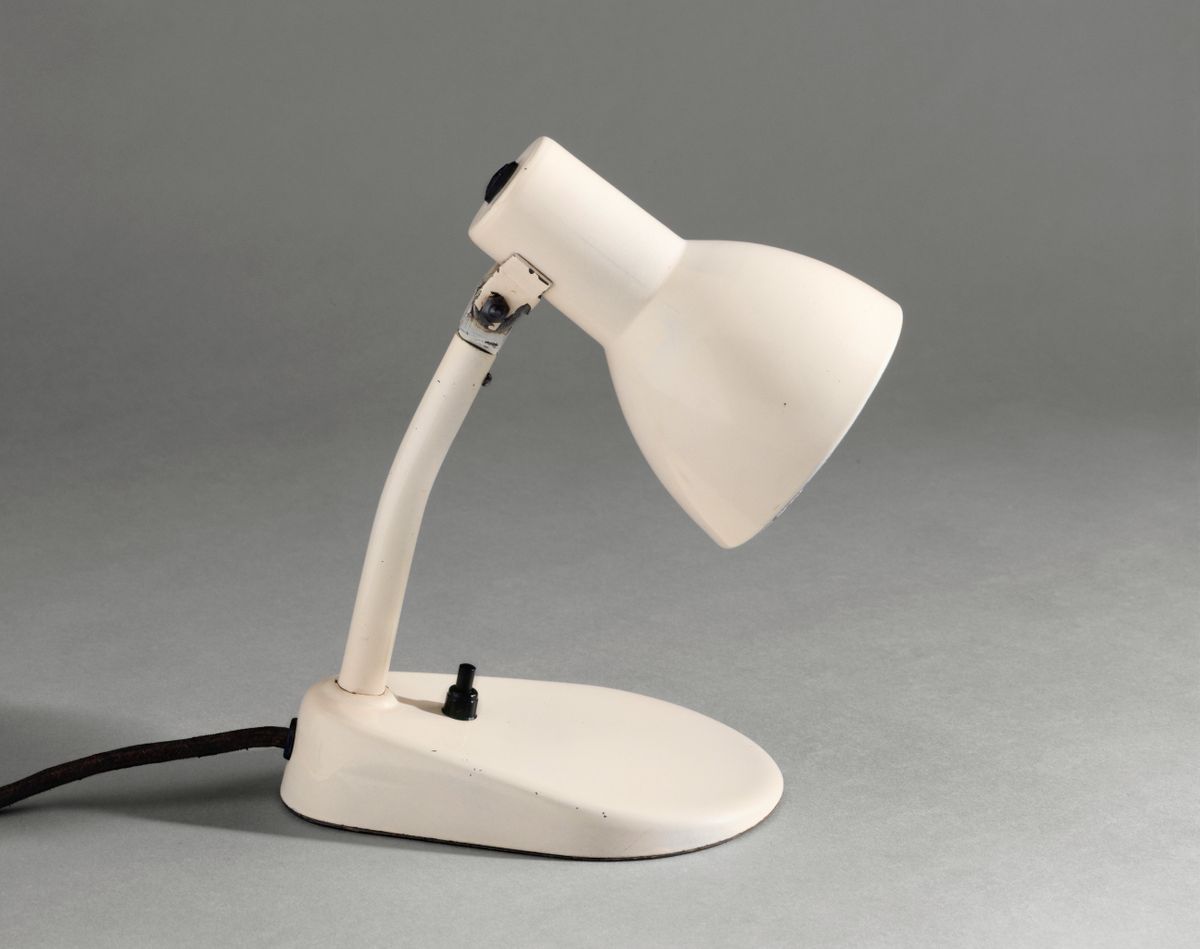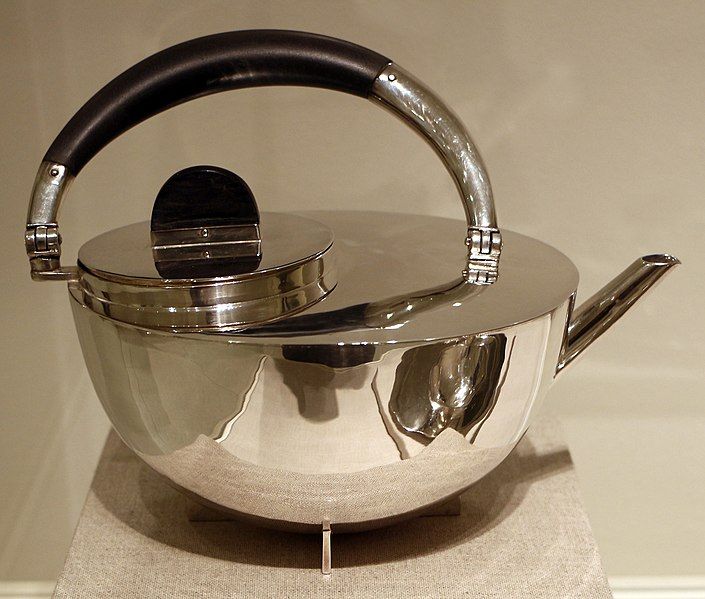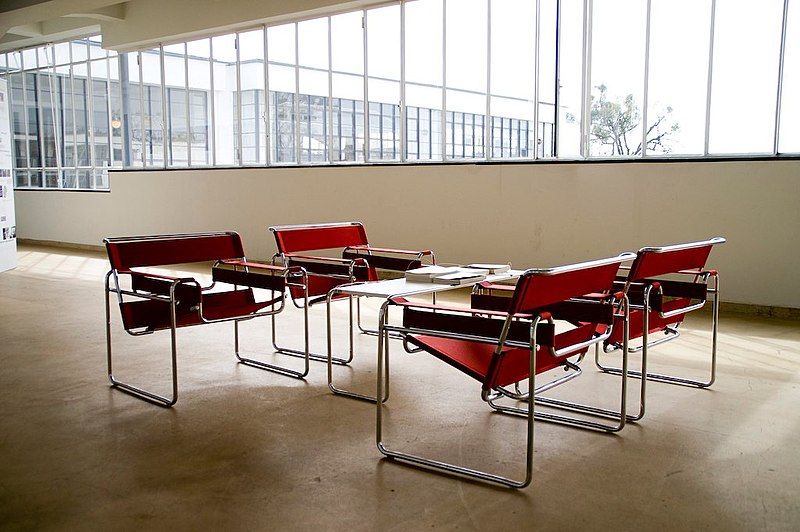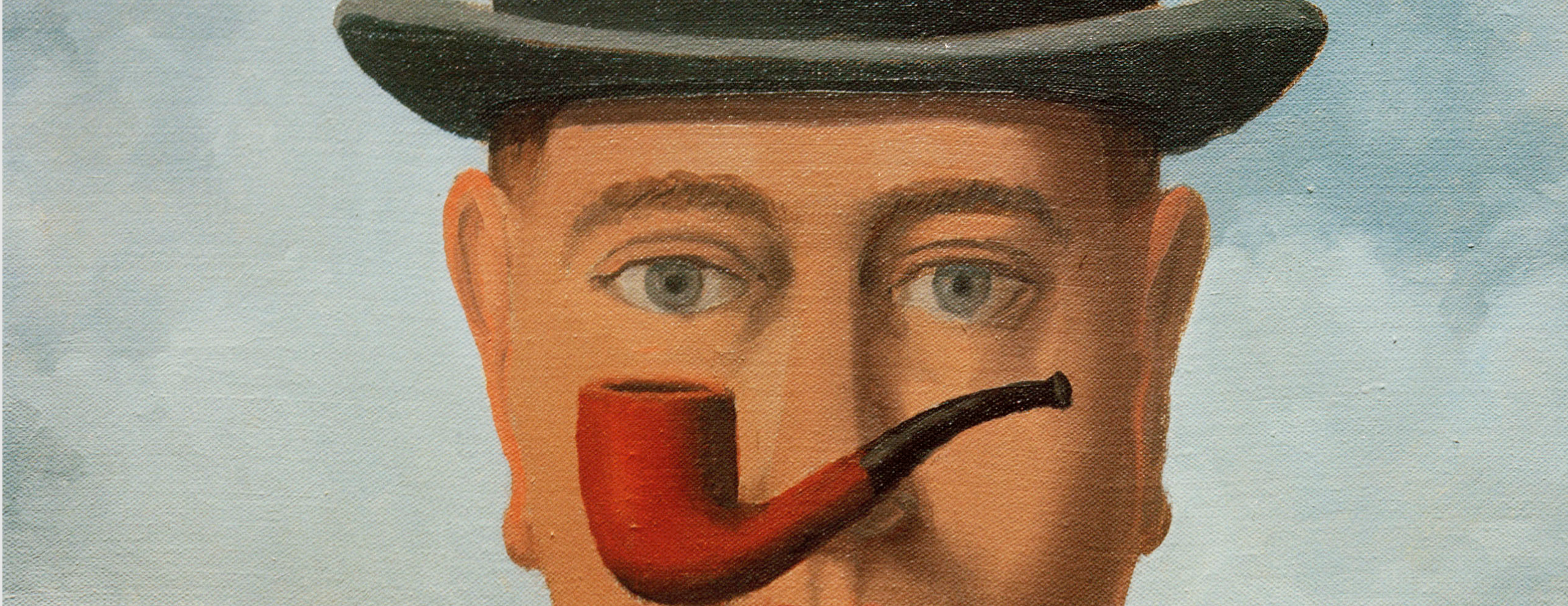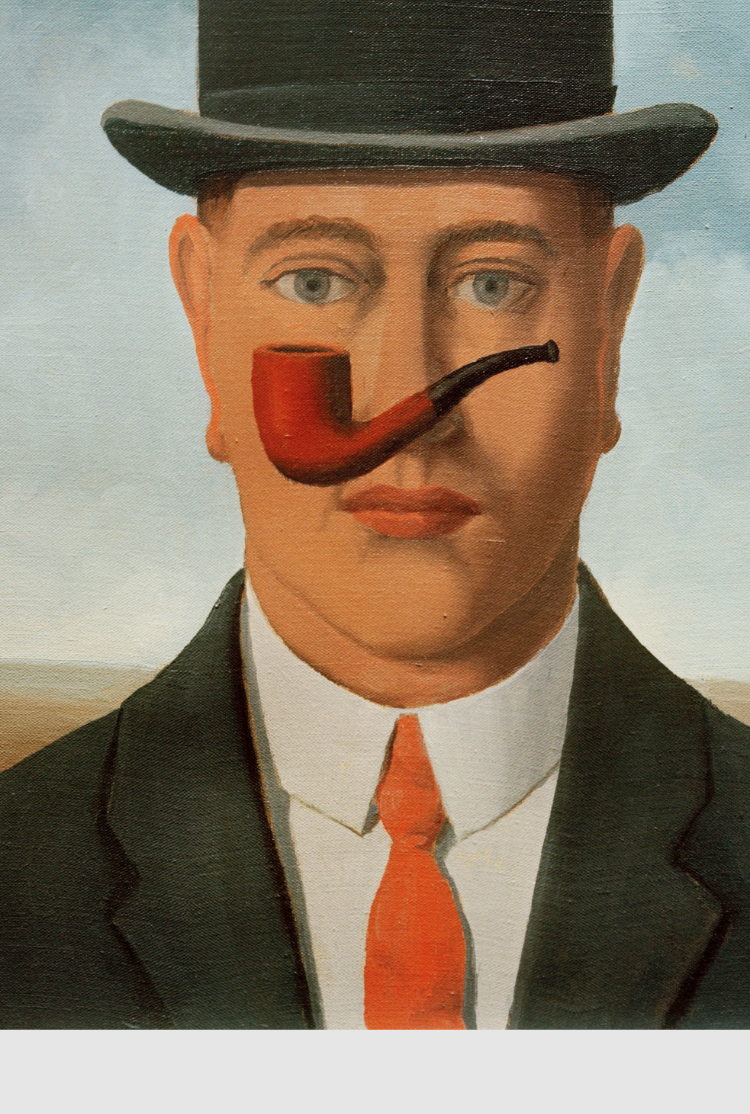
Man Ray, Ingres’s Violin,
1924, photograph, 12.2 x 9.7 inches. Photo : © MAN RAY TRUST / ADAGP, Paris 2021

Man Ray, The Prayer,
1930, gelatin silver photograph, 9.45 x 7 Inches, The J. Paul Getty Museum, Los Angeles. Photo: © MAN RAY TRUST / ADAGP, Paris 2021

Man Ray, Tears,
1930-1932, gelatin silver photograph 8.7 x 11.42 inches, The J. Paul Getty Museum, Los Angeles. Photo: © MAN RAY TRUST / ADAGP, Paris 2021



















